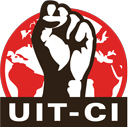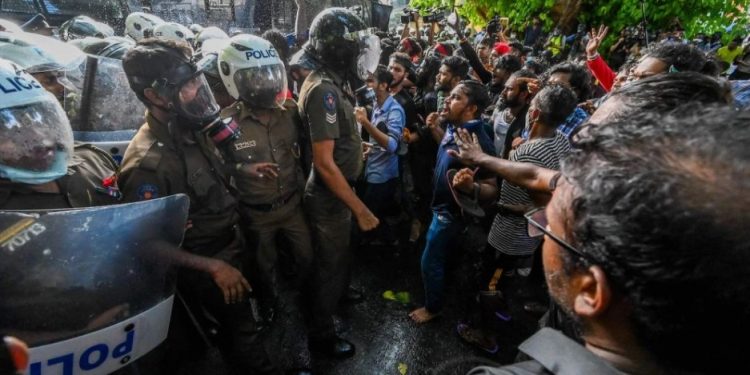20 May 2022.
Sri Lanka is another country where popular rebellions have broken out in repudiation of the austerity plans implemented to deal with the economic crises aggravated by the pandemic.
On this island, in the southeast of India, the government of Gotabhaya Rajapaksa had been starving the people to meet the maturities of foreign debt of 54 billion dollars (102 per cent of its GDP). The country had to suspend international loan repayments of about $7 billion due this year, out of the $25 billion it would have to repay by 2026. The finance ministry says it currently has just $25 million in usable foreign reserves.
A combination of debts to China, India, Japan and the World Bank led the country into its worst economic crisis since its independence in 1948. It came to where the country could no longer afford to pay for its imports of fuel, food and medicine. The government has been trying for months to find money to finance the import of fuel, gas and other essentials.
For months, the population has had to stand in long lines to buy basic goods, most of which come from abroad. The shortage of foreign currency also made it difficult to import raw materials for manufacturing and worsened inflation.
On Friday, Sri Lankan authorities closed public and private schools and asked civil servants, except those in charge of essential services, to stay away from work as fuel shortages worsened.
The general strike broke out on 28 April, accompanied by huge demonstrations that led to the resignation of Prime Minister Mahinda Rajapaksa, the president’s brother. This happened after a huge mobilisation overran the presidential residence in the capital, Colombo, where the hitherto prime minister and his family had taken refuge, only to be practically “rescued” by a military operation.
However, the mobilisation continues, demanding the resignation of the president himself, the head of the ruling clan, the Rajapaksa family, a symbol of corruption, the capitalist business of the island and the surrender to foreign transnationals, mainly Chinese.
The government deployed tens of thousands of troops and allowed them to fire without warning, after declaring a curfew. It even sent thugs to attack the demonstrators, killing eight of them. But, so far, the mass mobilisations continue. “We are not leaving”, is the slogan heard on the streets. The protesters accuse the ruling Rajapaksa family of being responsible for the corruption, inflation, hunger and poverty in which most of the country’s workers and people are mired.
Sri Lanka, a key player in China’s imperialist expansion, where Xi Jinping’s government has investments of 10 billion dollars and is one of the main stations of the so-called “Silk Road”, is today shaken by this huge popular rebellion, while the whole structure of the government and the political regime is tottering.
This Indian Ocean island is another example of how the implementation of fierce austerity plans to meet payments to creditors ends in insurrections that throw or put governments into an extreme crisis.
From the International Workers’ Unity, we say that it is necessary that in the heat of popular mobilisation, a new revolutionary political leadership emerges that fights for a workers’ government.













